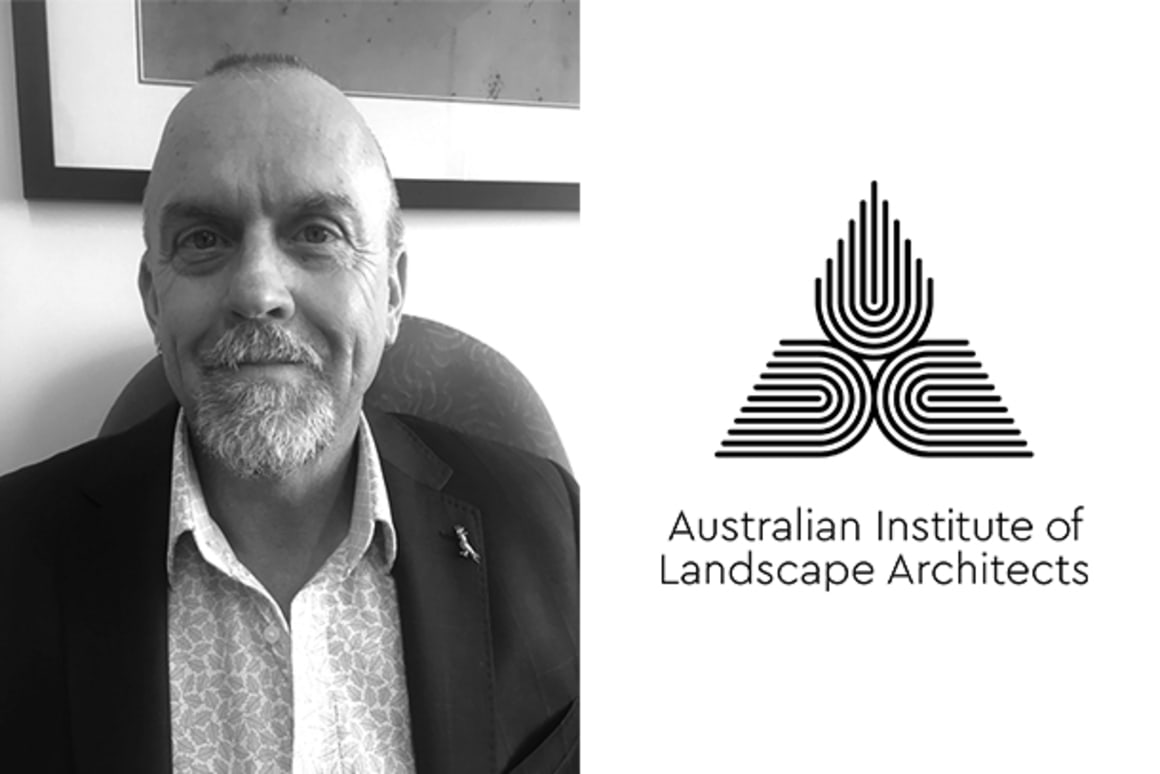AILA Victorian Landscape Architecture Awards 2018: Q&A with Adrian Gray

Following last Friday night's announcement of the 2018 Victorian Landscape Architecture Award winners, Urban.com.au chats to Adrian Gray, State President for the Victorian Chapter of the Australian Institute of Landscape Architects (AILA). Adrian is an urban planner with experience in both the public and private sectors.
Urban.com.au: How is the landscape architecture industry changing for the better?
Adrian Gray: There are now more landscape architects than ever working in both public and private sectors with over 3,500 members of the Australian Institute of Landscape Architects.
Landscape architects are influential in delivering quality public and private spaces and policy development within Local, State and Federal governments that ensure the liveability and well-being of people.
Landscape Architects are committed to designing and creating a better Australia by creating resilient social infrastructure that shapes the world around us. They conceive, reimagine and transform the outside world from streetscapes to parks and playgrounds, transport solutions, new suburbs and cities and are leading the importance of integrated green infrastructure that will sustain 21st century liveability, health and well-being.
U: What do you consider to be the biggest issue affecting landscape architects and the industry at the moment?
AG: The following quote from a World Health Organisation document tilted ‘Urban Green Spaces: a brief for action’, sums up what is required in the coming decades of this century;
“Green spaces and other nature-based solutions offer innovative approaches to increase the quality of urban settings, enhance local resilience and promote sustainable lifestyles, improving both the health and the well-being of urban residents. Parks, playgrounds or vegetation in public and private places are a central component of these approaches….”
AILA has been very active in recent years in creating position papers used for advocacy that supports the above such as Green Infrastructure, Living Cities Alliance and the Liveable Cities Series that address Cooler Cities, Active Transport and Healthy Communities.
Landscape Architects are the key to ensuing that public and private spaces are designed to create a resilient city for the 21st century through nature based solutions.
U: The Victorian Chapter of AILA has the largest member base - what do you enjoy most about your role working with so many landscape architects?
AG: I feel very honoured to advocate and represent all Victorian AILA members in promoting the role that landscape architecture has with the myriad issues facing Melbourne and regional Victoria. I am very active in partnerships that ensure that landscape architecture is part of the discussion in shaping public realm outcomes in Victoria. I enjoy:
- Engaging with AILA’s sponsors;
- Working with academic think tanks such as the Clean Air and Urban Landscape from UoM/RMIT;
- Collaborating with AIA/PIA on built form advocacy in the lead up to the State election;
- Representing landscape architecture within important projects such as Greening The West and the development of the Melbourne Metropolitan Urban Forest Strategy by the Melbourne’s Chief Resilient Officer.
- Presenting where ever I can on how landscape architects make our cities great places to live.
U: How can landscape architecture form a greater part of the built environment?
AG: AILA has recently adopted a national Reflect Reconciliation Action Plan that will enable members to begin to form a deeper understand that Traditional Custodians have with the Australian landscape. Through a greater understanding of the intrinsic values and spirituality that connects Traditional Custodians to the landscape, we hope that landscape architects can improve their understanding and care for the Australian landscape in both urban and in rural settings.
U: You work in urban design yourself, what do you think makes an enduring design when it comes to landscape architecture?
AG: Design needs to create connections between people, nature and place. I have seen from practicing in the public sector in Brimbank for the last ten years where there has been a significant commitment to designing quality, accessible places in streets and parks that when people feel great about where they live, they become more active physically and are connected to the urban landscape. People being connected to where they live means a happier and healthier community.